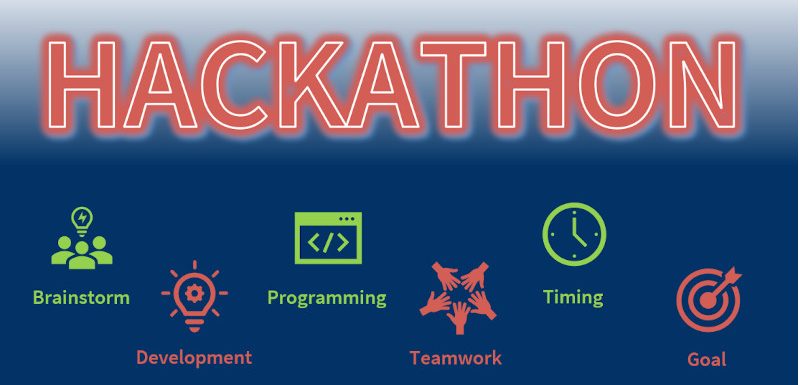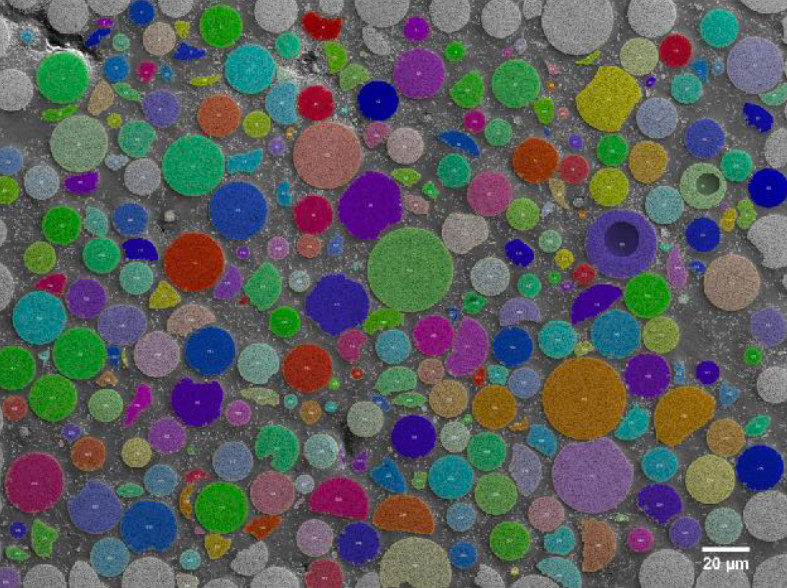
A group of 14 volunteers gathered one week on Zoom. From morning coffee until late in the night, they tackled intricate problems and worked out great solutions based on machine learning for digital twins of batteries or for predicting cracks in materials. “This year, we had the most successful hackathon so far, it was incredible,” says HZB data scientist Gregor Hartmann, who initiated the Hackathon.
Many problems in research require a deep understanding of the material as well state of the art knowledge in methods of artificial intelligence. “You need this very close collaboration between the domain scientists and the data scientists, says Gregor Hartmann, who has started as a physicist and is now specialised in machine learning. “Every step and every suggestion by the data scientist can be checked and critically assessed by the domain scientist, so no path goes nowhere.” This is why Hartmann organises Hackathons at HZB: with a small team of colleagues, he invites young volunteers, to deepen their skills while solving difficult problems in different fields of materials research.
Young scientists with solid knowledge
This year’s Hackathon was addressed at postdocs and PhD students with solid knowledge of python and open-source machine learning packages. 14 postdocs and PhD students invested their time. “We all worked together via Zoom in small teams and really from morning till late at night”, Hartmann recalls. He organised beforehand access to the powerful HICORE-servers at KIT.
Four projects in materials research
“We presented this time four projects, some of them have been known since 30 years”, Hartmann says. Two of them have been solved so completely that they can probably become a publication in 2023. The other two projects have also taken a big step forward. “This makes me very happy.”

One problem consisted to generate realistic images of battery electrodes. These images are needed in order to decide which regions are interesting and should be examined more closely. Here the team decided to use generative neuronal networks (GAN) and trained them to produce realistic images. “Because each recording takes a long time and costs time, often days”, he explains. Three data scientists in the team competed against each other and trained different “GAN”s to produce images in large quantities that a downstream discriminator would no longer distinguish from real images. “That took four days, then it worked very well.”

Another example was stress in materials: Can it be predicted before the first cracks appear? This is a so-called ill posed problem, because there is always a wide variety of solutions. “Here, a fancy neuronal network succeeded in solving the inversion very efficiently”, Hartmann says.
Next Hackathon for Newcomers in Summer 2023
The next Hackathon will take place in summer 2023. “Next time, we would like to invite also newcomers, and scientists who are not already experienced in methods of machine learning”, Hartmann points out. These methods are so powerful that everybody should know about them. “We will offer tutorials which will empower the participants to use those tools and solve the next bunch of difficult problems.”
